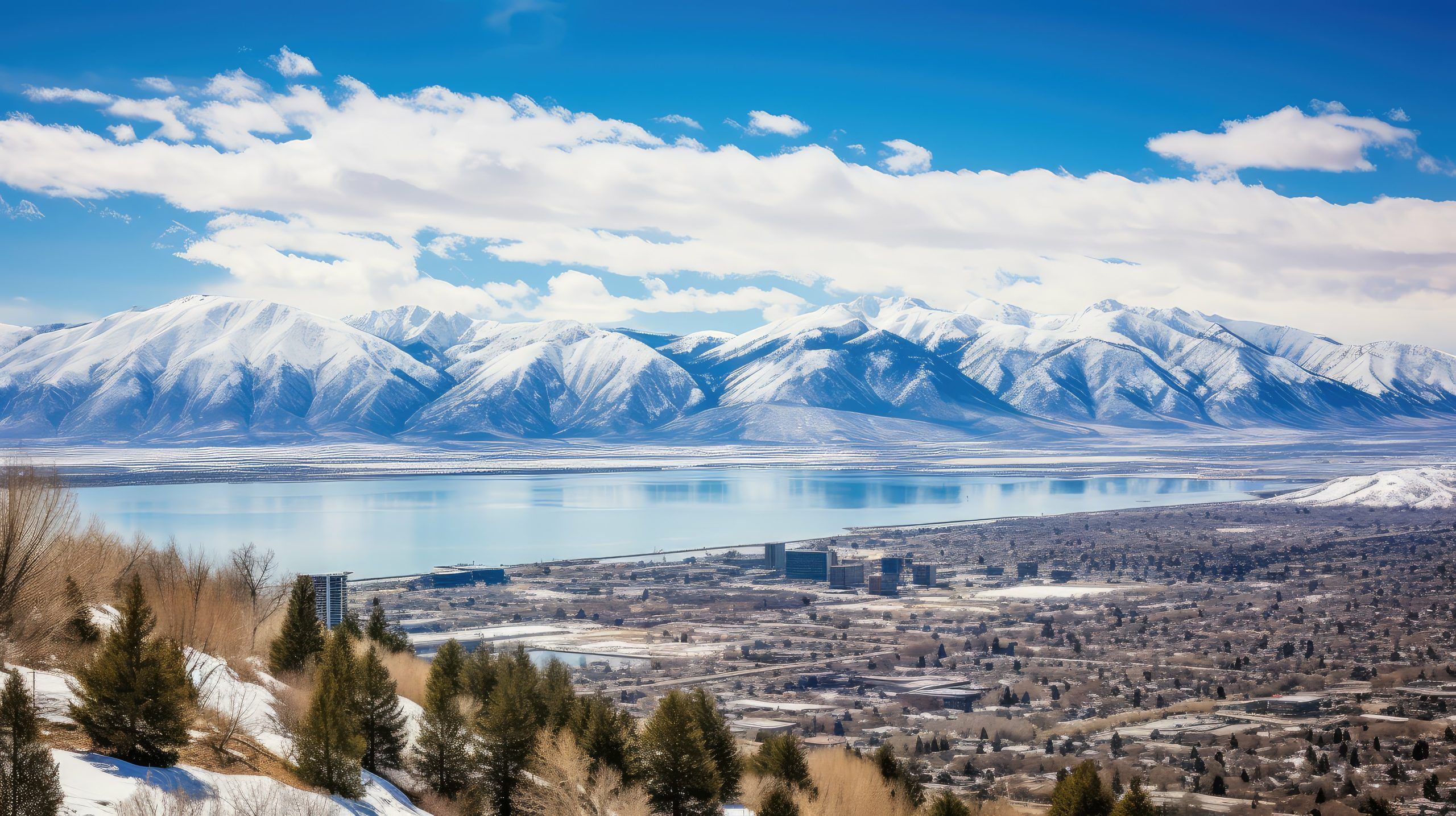A recent article in the Lancet medical journal has been getting a lot of press for predicting that the global population will decline sooner than most experts predict — at 9.7 billion in 2064. But a) that’s still way too many people for this roasting planet and b) the authors are more optimistic about improvements in women’s education and access to birth control than many other...
Indonesia’s New Coronavirus Concern: A Post-Pandemic Baby Boom
With restrictions in place, millions stopped visiting clinics for contraceptives, says the government, which promotes family planning as part of its fight against child malnutrition…
Read the Full Article Here
The pandemic could lead to a ‘baby bust’ of almost half a million fewer births, a major think tank
projectsinsider@insider.com (Juliana Kaplan)
Brookings Institute economists predict that the coronavirus pandemic will lead to what they call a “baby bust” — not a baby boom…
Read the Full Article Here
Stephen C. Bannister: Our Faustian bargain with fossil fuels
By Stephen C. Bannister | Special to The Tribune · Published: 5 days agoUpdated: 5 days ago
Most of us have enjoyed the much cleaner air since the great COVID-19 shutdown-caused economic collapse. Everything damaging that we normally dump into our common airshed is reduced — carbon dioxide that increases climate warming and the pollutant precursors that cause regional haze...
Biodiversity and Human Population
Stephanie Feldstein, Population and Sustainability Director, Center for Biological Diversity provided a well-informed presentation on “Biodiversity and Human Population” as part of the Utah Population and Environment Council, 2024 Speakers Series on May 6, 2024.
Stephanie leads the Center’s work to highlight and address threats to endangered species and wild places from runaway human population...
Lessons From the Fight to Save Great Salt Lake
Three-quarters of Utah’s population lives around Great Salt Lake, one of the fastest-growing areas of thecountry. It’s also an oasis for more than 10 million migratory birds passing through every year.
Although Utah is one of the least densely populated states in the U.S., more than 2 million people arecrowded along the Wasatch Front. The Great Salt Lake provides a stark example of the impact...
Biodiversity & Human Population – Speaker Series – May 7
Tuesday, May 7 @ 7–8 pm MT
Stephanie will be discussing the relationship between biodiversity and the human population in Utah and the Western United States. There will be time for Q&A after Stephanie’s presentation.
Speaker
Stephanie FeldsteinPopulation & Sustainability DirectorCenter for Biological Diversity
Virtual Presentation
Zoom Link: https://us06web.zoom.us/j/84740024336
Please...
The world faces many energy-related challenges – pt. 3
PART 3: The next important question is how long this transition will take once CMNS energy is available. Once again, to the blackboard.
Using historical price and duration data from the EIR discussed above to define our duration algorithm, we can estimate the duration of the CMNS energy revolution using the much greater (starting at 20X) price differentials that will be available. The surprising...
The world faces major energy-related challenges – pt. 2
PART 2: Understanding historical energy revolutions will help us in our quest to halt global warming. There are two important questions to ask history about and apply to our current challenge:
The world faces major energy-related challenges – pt. 1
PART 1: The first is halting global warming. The second is determining the shape of the next great energy revolution.
Two Requests and 2024 Sneak Peek
It’s hard to believe that we are in the middle of December already! This year has flown by on the wings of a peregrine falcon.






